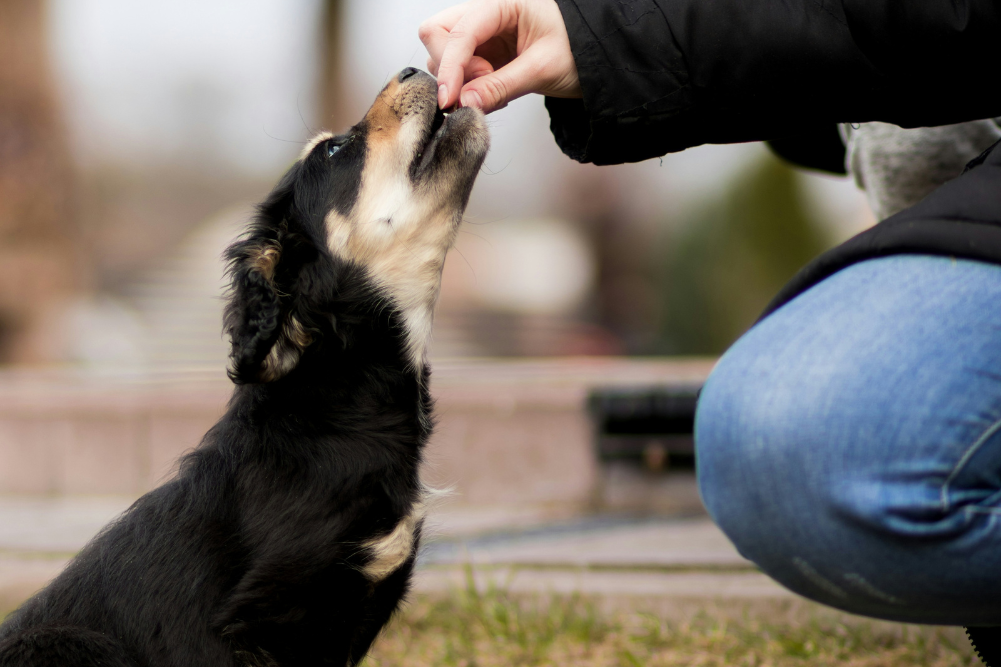Should you vaccinate your pets?
For many years, it has been the acceptable practice for dogs and cats to be vaccinated annually to protect them against serious illness. In Australia, these vaccines have included, for dogs, canine distemper virus, canine adenovirus and canine parvovirus, parainfluenza virus, Bordetella bronchiseptica; for cats, feline parvovirus, feline calicivirus and feline herpesvirus. The annual vaccine has been accompanied by a clinical wellness exam, which has allowed detection of illness and hopefully early intervention. Each part of this combo was regarded as equally important for your pet’s wellbeing.
There is little doubt that vaccinations have reduced the impact of infectious disease. Smallpox has been eradicated, as have nearly all cases of polio and measles in people. Outbreaks of parvovirus among dogs have dropped in frequency, although outbreaks may still be seen in lower socioeconomic areas and rural areas. The reason for this is possibly reduced “herd health”.
Herd health is the concept that disease outbreaks can be prevented by maintaining a core population of protected individuals. According to veterinary immunologist Dr Jean Dodds, the vaccination rate needs to be around 70 per cent of pets to prevent disease outbreaks. This is taking into consideration that reservoirs of infection remain in populations of wild cats and dogs.
The World Small Animal Veterinary Association (WSAVA), when it released its Vaccination Guidelines in 2010, outlined two key concepts: herd health depends on the number of individual pets vaccinated against core diseases, not the frequency with which they have been vaccinated; as a profession, vets should aim to reduce the vaccine load on individual animals.
So why, if vaccines have such a benefit for herd health, might too-frequent vaccination affect an animal’s health? Vaccination usually involves dosing your pet with a load of modified live virus. Some dogs and cats may have a mild reaction, such as pain or swelling at the site. A more severe immediate hypersensitivity reaction is facial swelling. The most serious hypersensitivity reaction is anaphylaxis, which is rare and requires immediate medical attention.
Other adverse reactions are pain at the injection site, a lump that may develop in the weeks following vaccine before gradually dispersing, and hair loss or change in colour at the site.
In susceptible animals, vaccination may be associated with some immune-mediated illnesses, eg immune-mediated thrombocytopaenia (platelet destruction). Any immune overreaction in the several weeks following vaccination may have been triggered by it. Another adverse reaction is the potential development of a soft tissue cancer (soft tissue sarcoma) in some cats vaccinated against FeLV (feline leukaemia virus). Adverse reactions may not occur in every vaccinated dog or cat, but it makes sense not to “over-vaccinate” an already-protected pet and to only vaccinate them against viruses that pose a risk to their health.
The Australian Veterinary Association (AVA) believes that, in most cases, core vaccines need only be administered every three years and that even less frequent vaccination may be appropriate depending on individual circumstances. The three-year interval is arbitrary at best and a move away from annual vaccination.
One alternative to repeated vaccinations in pets that have had their initial course of vaccines is to have a blood test called a titre test. A positive titre indicates there is protective antibody and vaccination is not required. A negative test means there is little or no circulating protective antibody. Although it’s possible to have a false negative, it’s wise to consider vaccinating animals with a negative titre if they are well enough. Failure to achieve antibody titre after vaccination may occur for a couple of reasons. If puppy vaccines are given too early, circulating maternal antibodies will interfere with the vaccines. Alternatively, some individuals may be “non-responders” and won’t achieve positive titre no matter how often they are vaccinated.
So with all this seemingly conflicting and confusing information, the following approach is one that may be appropriate and minimise the vaccine load. What is most important is that an informed decision is made by you, with the help of your vet. That decision depends on the risk and benefit of vaccines to your pet.
For puppies, a vaccine will have been administered before eight weeks and rehoming. If not, begin with a modified live vaccine, against core viruses, at 8–10 weeks of age. Delaying the first vaccine will not be a risk if the pup has received adequate protection from its mum, and will allow time for the stress of rehoming to settle down. A second vaccination should occur at 14–16 weeks, when maternal protection has waned. The puppy may then be titre-tested 3–4 weeks later to make sure it is protected. If antibody titre is present, no further vaccination is required. A titre test should be done at 15 months to check levels, then every three years after that.
Kittens should receive two vaccinations four weeks apart, one at eight weeks, the second at 12 weeks. Vaccination for panleukopenia lasts a lifetime. Titre tests may also be used in cats.
Pets should only be vaccinated when they are well to maximise the immune response and reduce the chances of adverse events. It’s not ideal to vaccinate when your pet has a temperature, is on immune-suppressing medications, has a current active allergy, eg skin allergy, is overly stressed, eg travelling, is pregnant or is in season. Pets that have had previous adverse vaccine reactions should never be vaccinated and instead have three-yearly titre tests.
The issues surrounding pet vaccines are complex and changing. The important things to remember are that every dog and cat needs protection, and to avoid over-vaccination.
Karen Goldrick is a holistic veterinarian at All Natural Vet Care, Russell Lea, Sydney, Australia W: naturalvet.com.au







